While you might be tempted to take a few months off from lawn care during the winter, following a few steps to maintain your grass now can help it truly pop come spring.
Don’t Leave Leaves
Fallen leaves left on your lawn can block sunlight and moisture from reaching grass, resulting in brown patches. Completely clear fall foliage from your yard as well as equipment, furniture, and toys that could send old leaves onto grass with a sudden gust. You can also eliminate buildup of organic waste while returning valuable nutrients to soil with a formula like Thatch Buster.
Lose the Moss
Remove any moss you find to improve drainage and create a more lush lawn. Use a spring tine rake to pull the moss away then make small holes in the soil underneath with a fork. Brush horticultural sand or soil-based compost into the holes and wait to scatter some seed over these areas until springtime arrives.
Keep Off Grass
Walking on waterlogged or frosty grass can cause compaction, leading to rock-hard soil and brown or bare patches that will require reseeding in the spring. Minimize foot traffic in the winter and drop stepping stones where you need to create a walkway so your lawn isn’t constantly trampled during this time of year.
Clean Up After Pups
Grass is particularly sensitive during the colder months, so prevent your pups from doing their business all over your lawn in the winter. Neutralize urine and repair damage from any spots where your dog does pee with K9 Correcter to balance pH and protect grass from future burnout.
Hold the Fertilizer
Wait until spring to apply fertilizers such as Lawn Commander so the valuable nutrients don’t get leached out of the soil. Save these treatments for a few more weeks when grass begins growing and taking up nutrients to promote health.


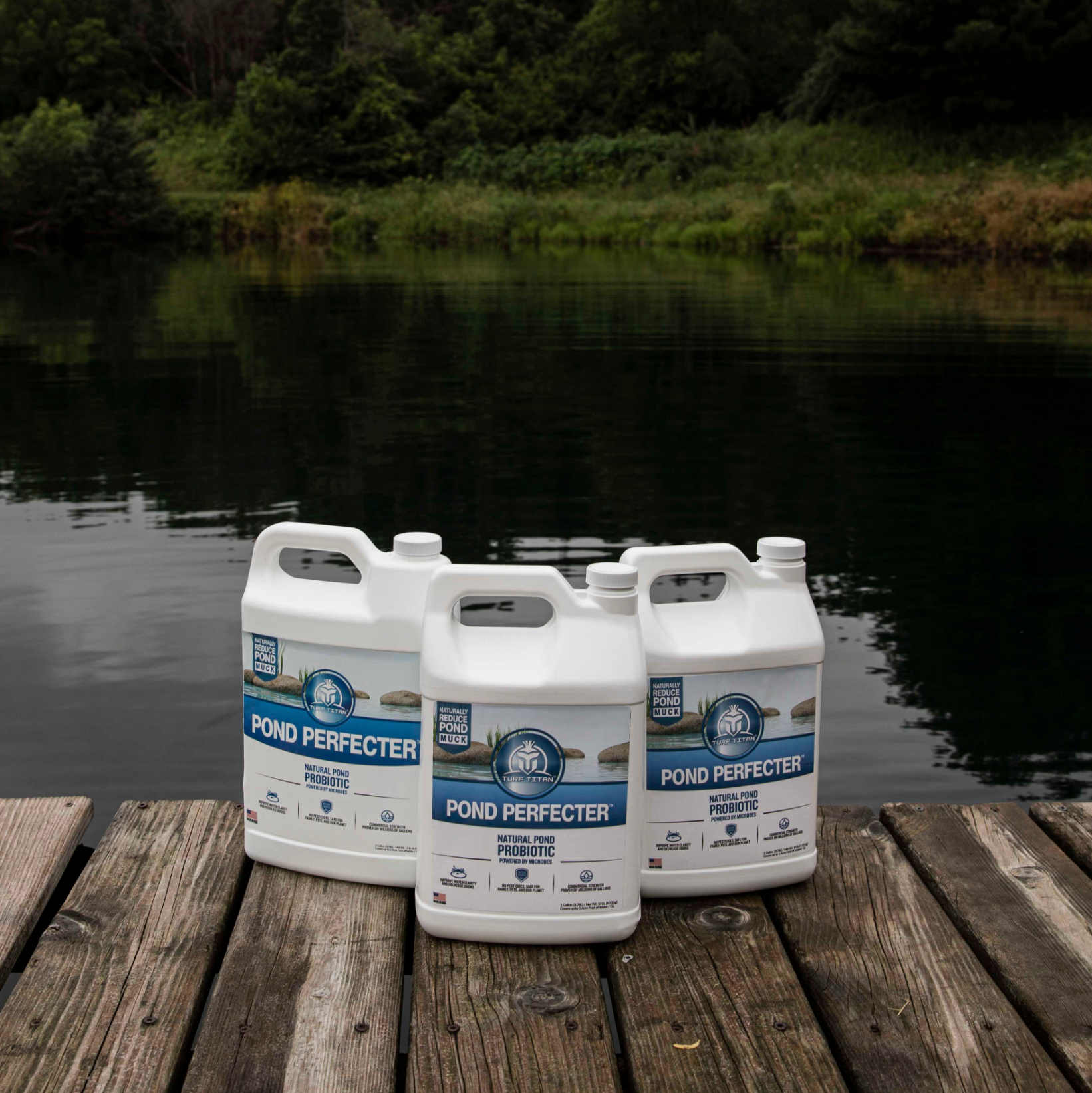

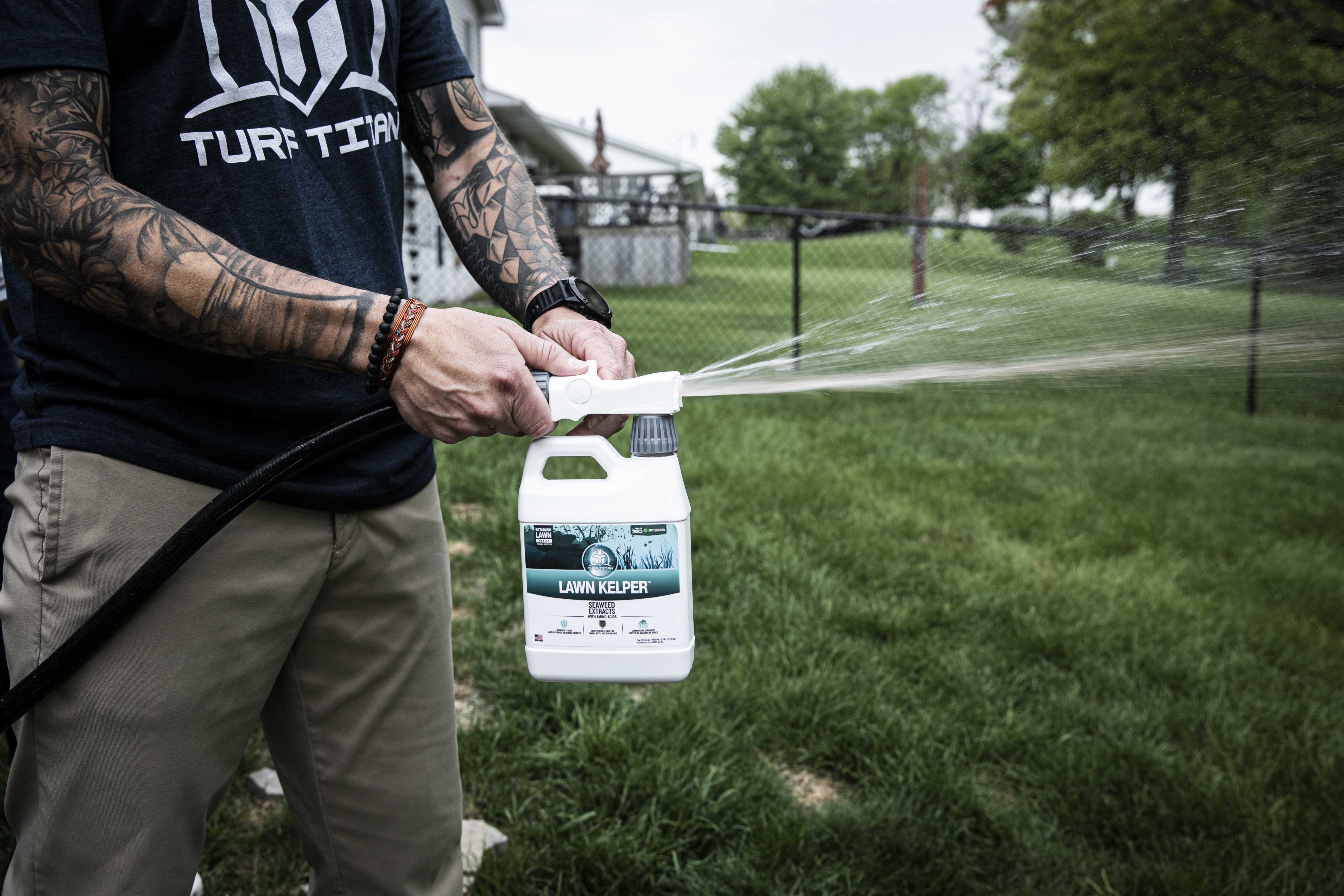
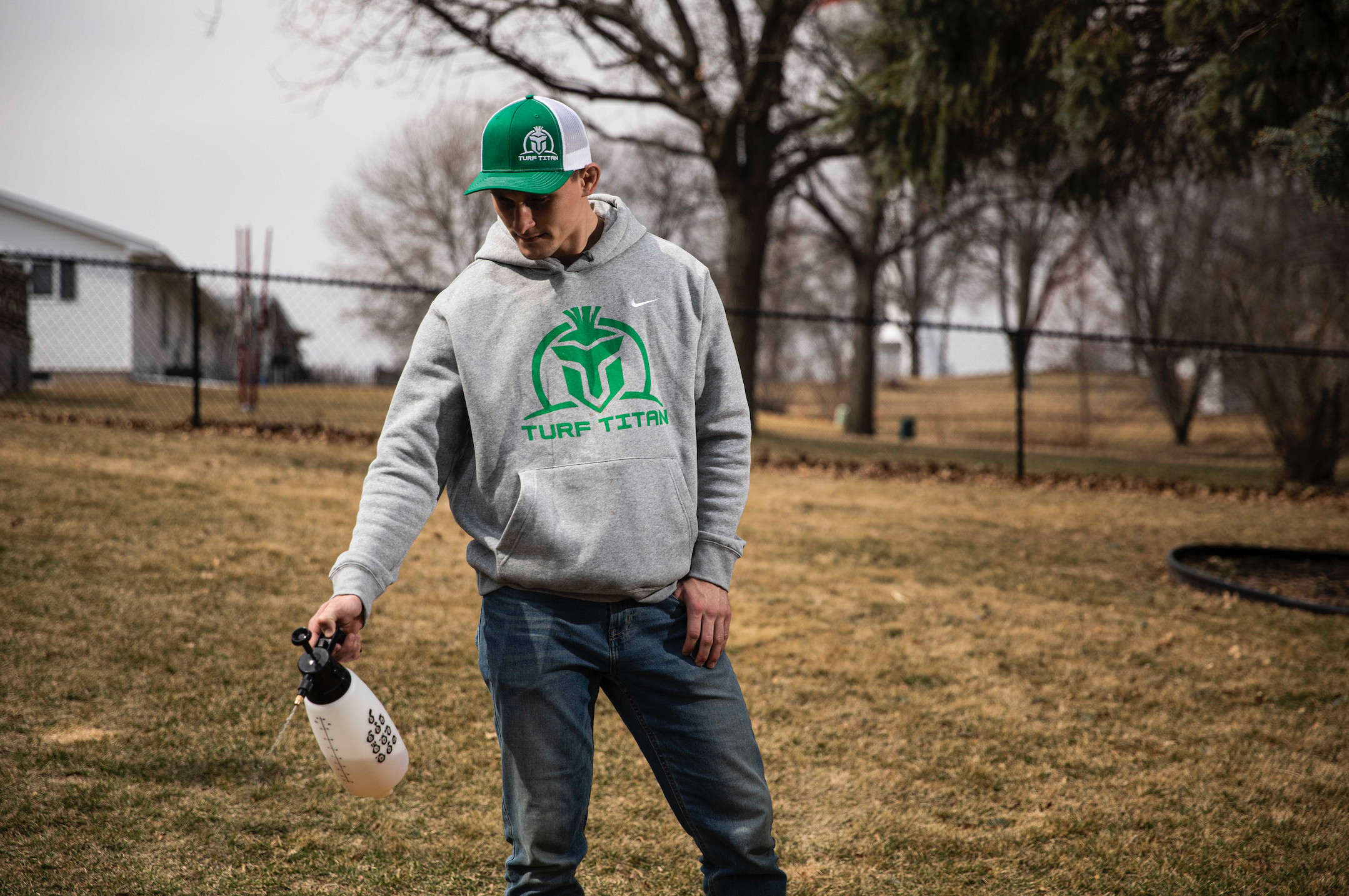
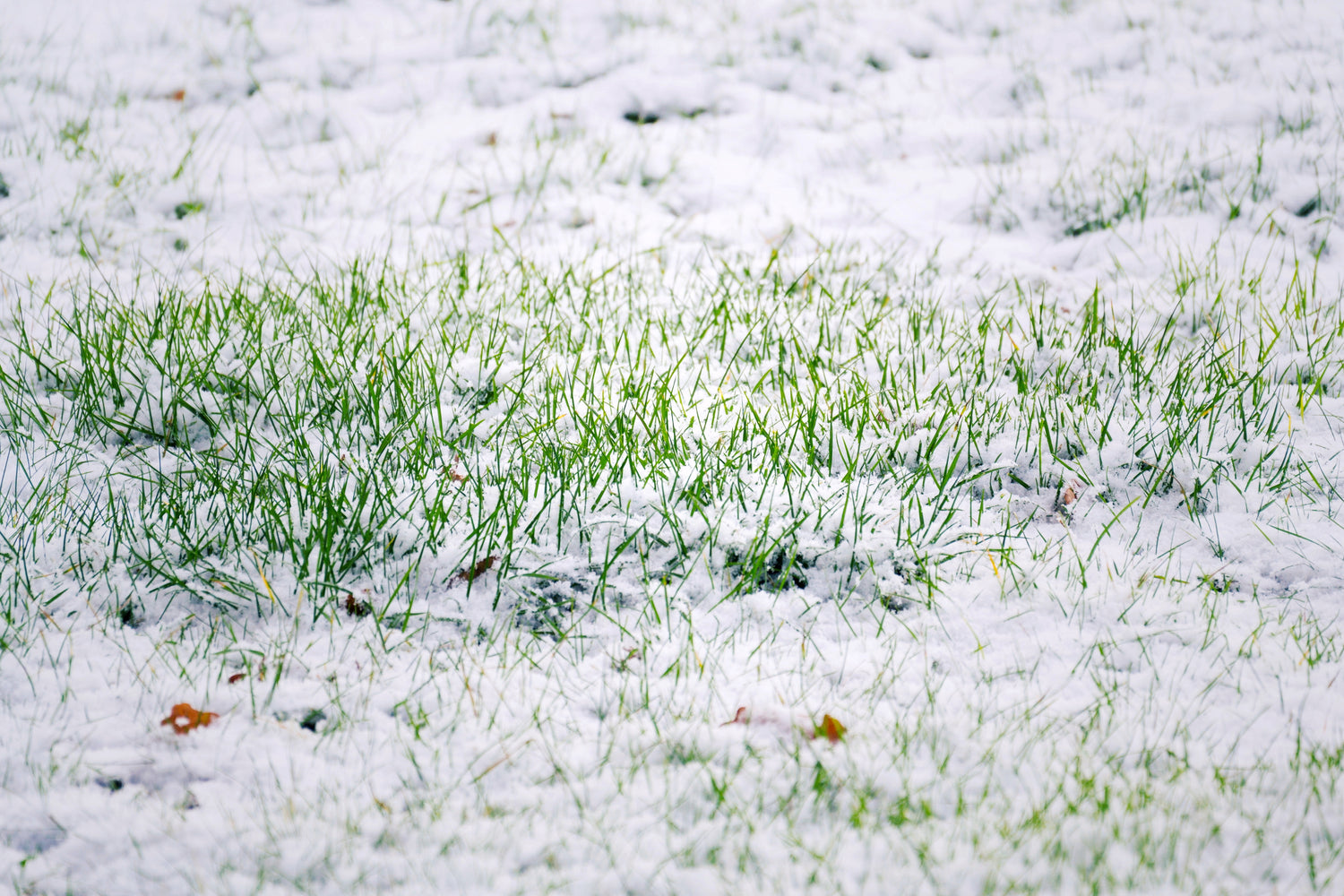
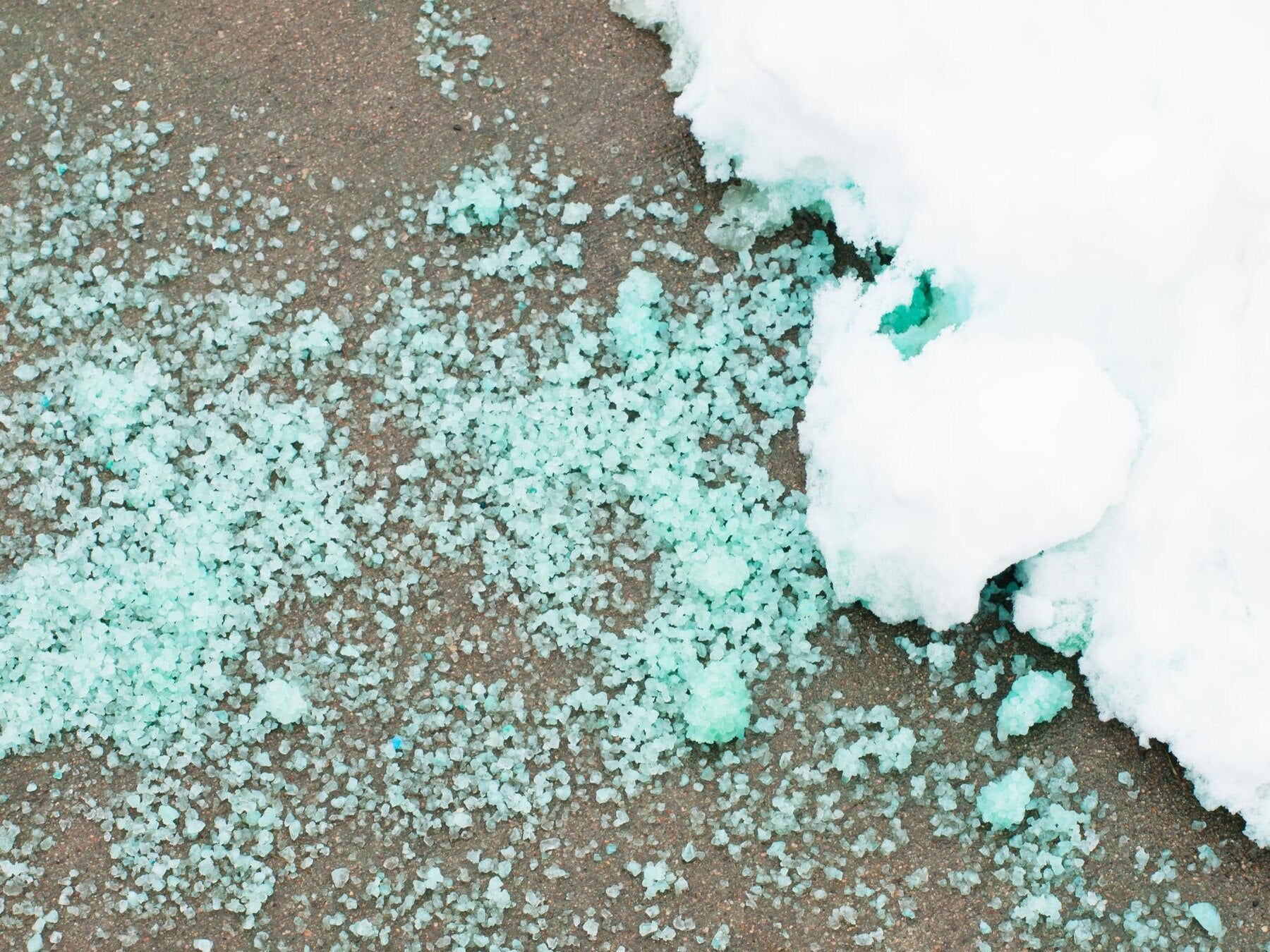
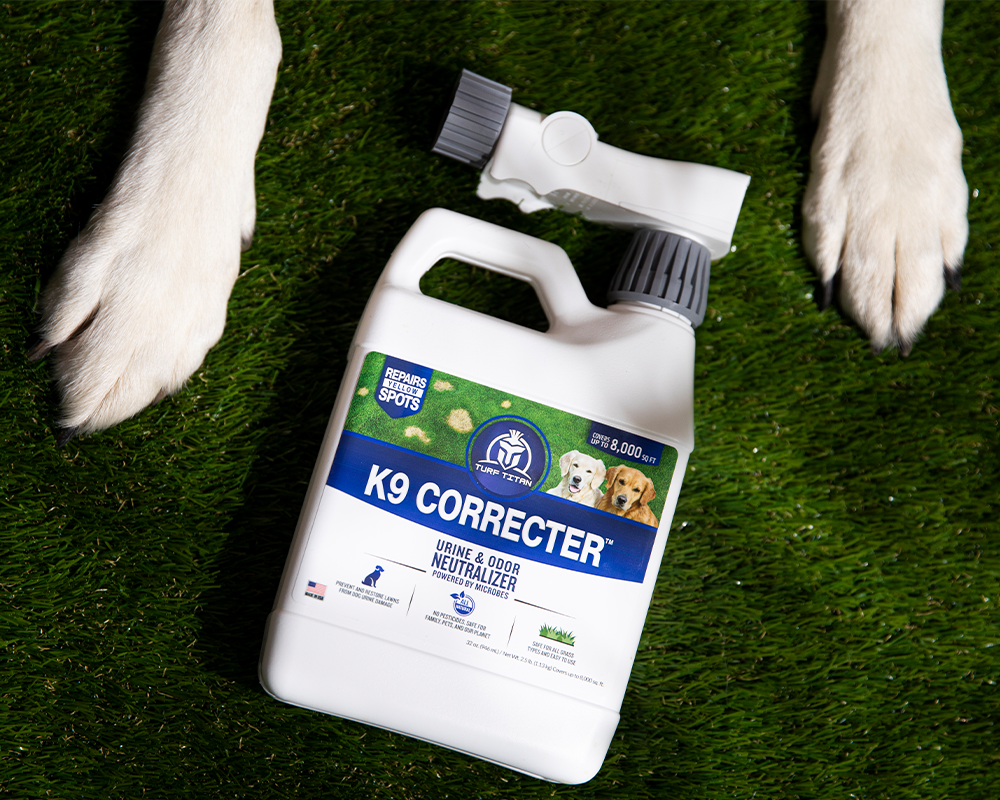
Leave a comment
This site is protected by hCaptcha and the hCaptcha Privacy Policy and Terms of Service apply.